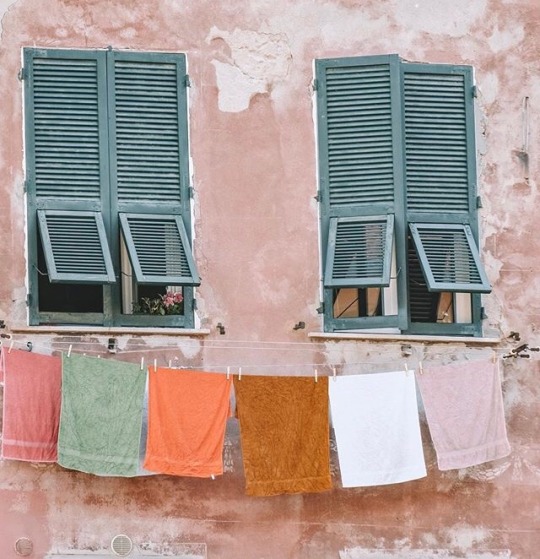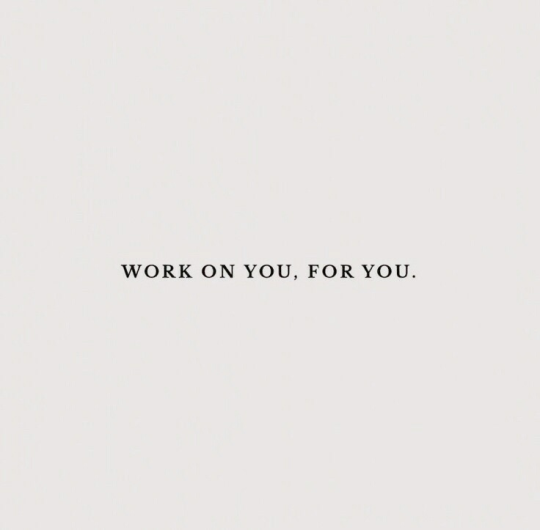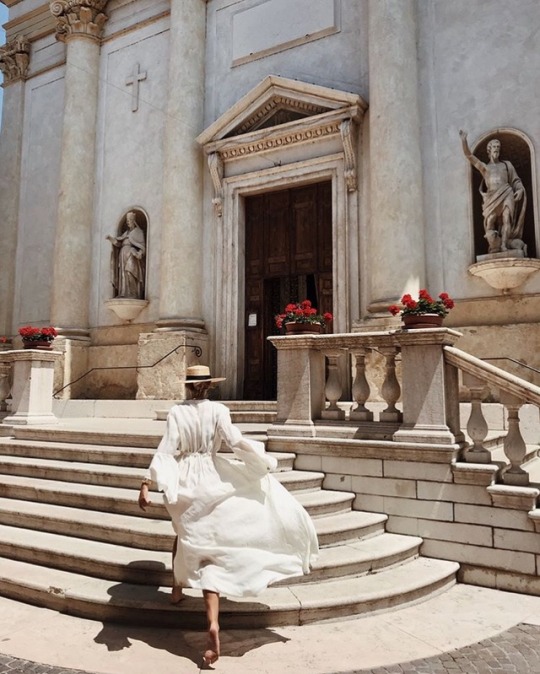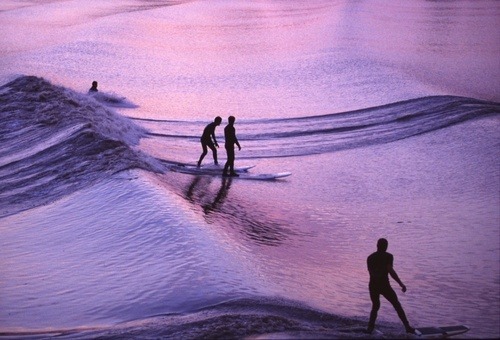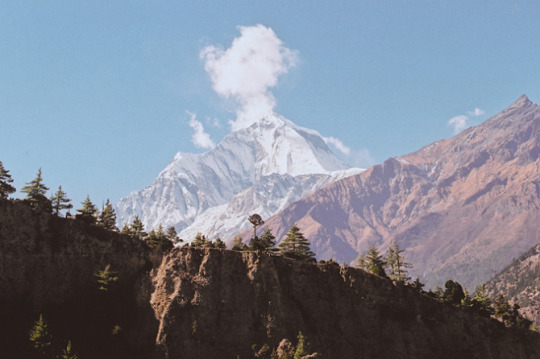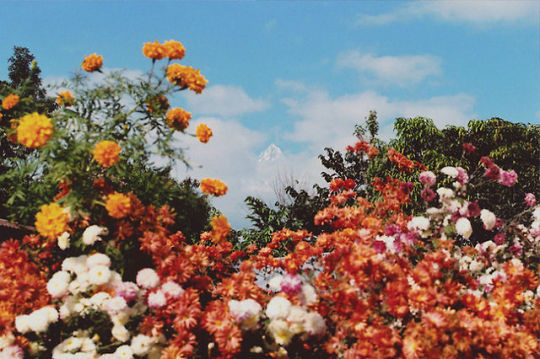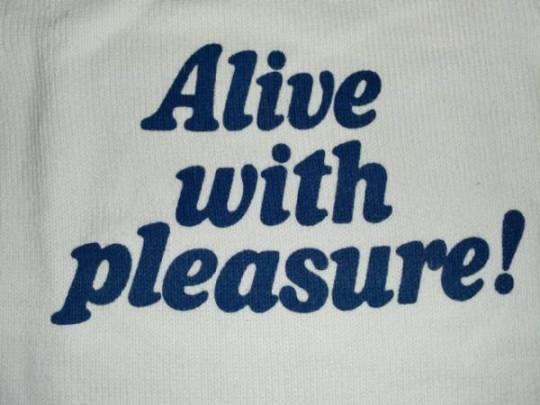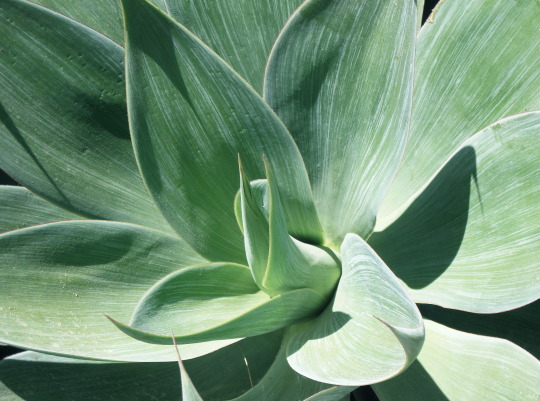Don't wanna be here? Send us removal request.
Photo

layers https://www.instagram.com/p/CIvyTwKltxK/?igshid=ov17oplosjiz
1K notes
·
View notes
Photo

THE WEEKLY PIC: This is a small detail from an installation shot of “You See I Am Here After All,” one of Zoe Leonard’s agglomerations of old postcards of Niagara Falls (this one has 3,851 cards) which are standouts in her retrospective at the Whitney Museum in New York.
They are all about a pre-digital moment in our production and consumption of images. Looking at them, however, I was suddently struck by how much Leonard must have depended on digital culture (eBay etc.) to collect so many near-identical vintage cards.
I once argued that Ansel Adams’s images of machine-free nature were in fact about the modern technologies – of cars and cameras and darkrooms – that allowed them to happen. Could it be that many works of art, including Leonard’s postcard-piles, are more about what’s left out than what’s included? (Collection of the artist, courtesy Galerie Gisela Capitain, Cologne; photo by Bill Jacobson, New York)
97 notes
·
View notes


